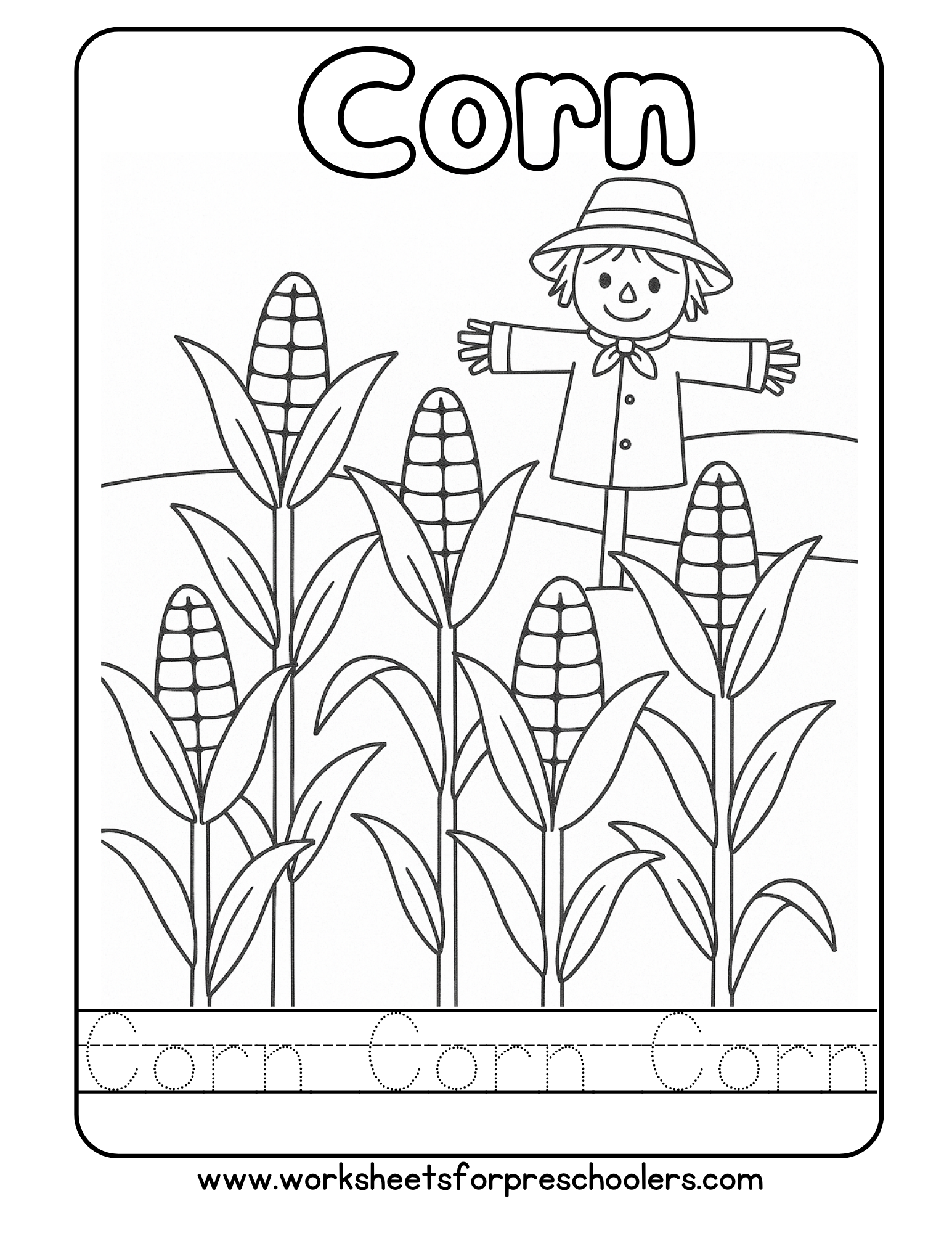Simple Routines That Make the Preschool Day Smoother
.A Predictable, Soft Start to the Morning
Children settle more easily when mornings feel warm and familiar. A simple routine like greeting each child with a smile, offering a choice of quiet table activities, or inviting them to hang their belongings independently sets a positive tone.
Low-pressure morning invitations — puzzles, playdough, blocks, or coloring — give children a gentle way to transition from home to school. And it gives you a few minutes to connect with each child at eye level.
This predictable start tells children, “You’re safe here. We know what to do. We begin our day together.”
Consistent, Calm Transitions
Transitions are often the trickiest moments of the day, but consistent cues help children shift from one activity to the next with less stress.
Try:
- using the same song for cleanup
- giving a 2-minute warning before changes
- using picture cues or gesture signals
- offering simple jobs during wait times
When children know what the transition looks and sounds like, they feel more confident. When you repeat the same routines, your day naturally becomes smoother.
Independent Jobs Children Can Handle
Empowering children with small responsibilities does more than lighten your workload — it strengthens their independence and sense of belonging.
Simple jobs like:
- line leader
- table wiper
- book helper
- snack passer
- light switch helper
…teach children they are capable and important.
A small visual job chart helps children easily understand their role. And when they know you trust them, they rise beautifully to meet the routine.
Music and Movement as Anchors
Songs can be powerful emotional cues. A soft melody for rest time, a cheerful tune for cleanup, or a rhythmic chant for lining up helps children regulate their energy.
These musical routines:
- calm busy bodies
- create a sense of community
- help nonverbal learners follow along
- reduce the need for repeated directions
Music becomes a comforting guide throughout the day.
Snack and Mealtime Rhythms
Snack time can be one of the most peaceful parts of the day when routines stay consistent. Invite children to wash hands the same way each day, gather materials independently, and clean up with simple steps they can manage.
A quiet moment of gratitude or a short class “thank you” song builds community and reminds children that mealtime is more than food — it’s connection.
A Breath or Pause When You Need It
One of the most effective routines isn’t for the children — it’s for you.
A small pause during the day:
- one deep breath before giving directions
- a moment to sip water
- a silent count to three during a tough moment
…has the power to shift everything.
These micro-pauses help you move through the day with patience, clarity, and gentleness — even when things get busy or overwhelming. Children feel your calm, and they settle into it too.
Closing the Day with Purpose
A simple goodbye routine helps children reflect, transition, and leave on a positive note. It could be:
- a short circle sharing “something I liked today”
- a goodbye song
- a calm book
- a high-five or hug choice at the door
Predictable endings help children feel secure — and help you reset emotionally for tomorrow.
Routines don’t have to be complicated to make your preschool day smoother. Often it’s the smallest rhythms — the soft start, the familiar transition song, the shared cleanup job — that build the strongest sense of calm and community.
These gentle routines support you just as much as they support your children. With a predictable flow, you have more time to teach, more space to breathe, and more opportunities to enjoy those meaningful little moments that make preschool teaching so special.


